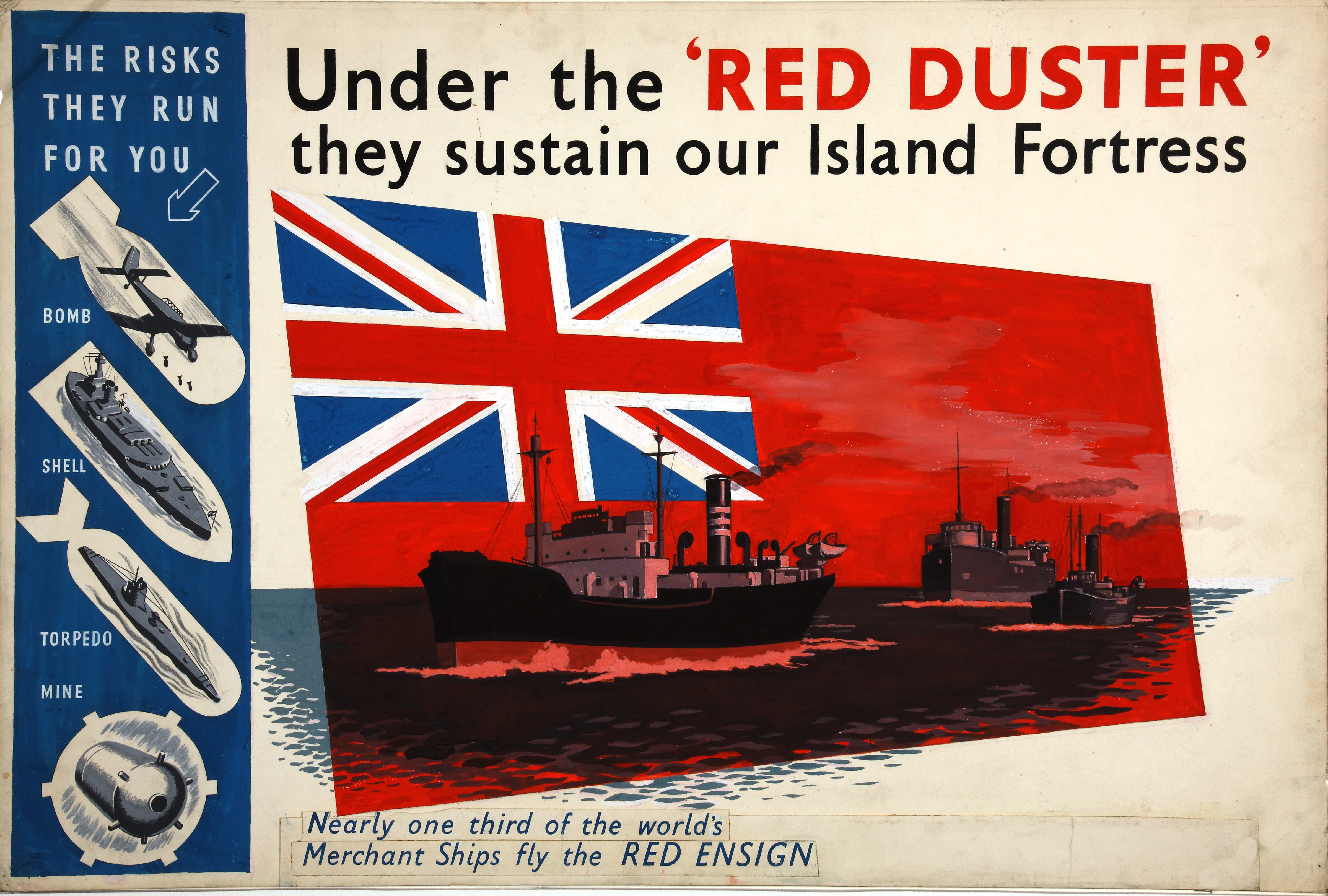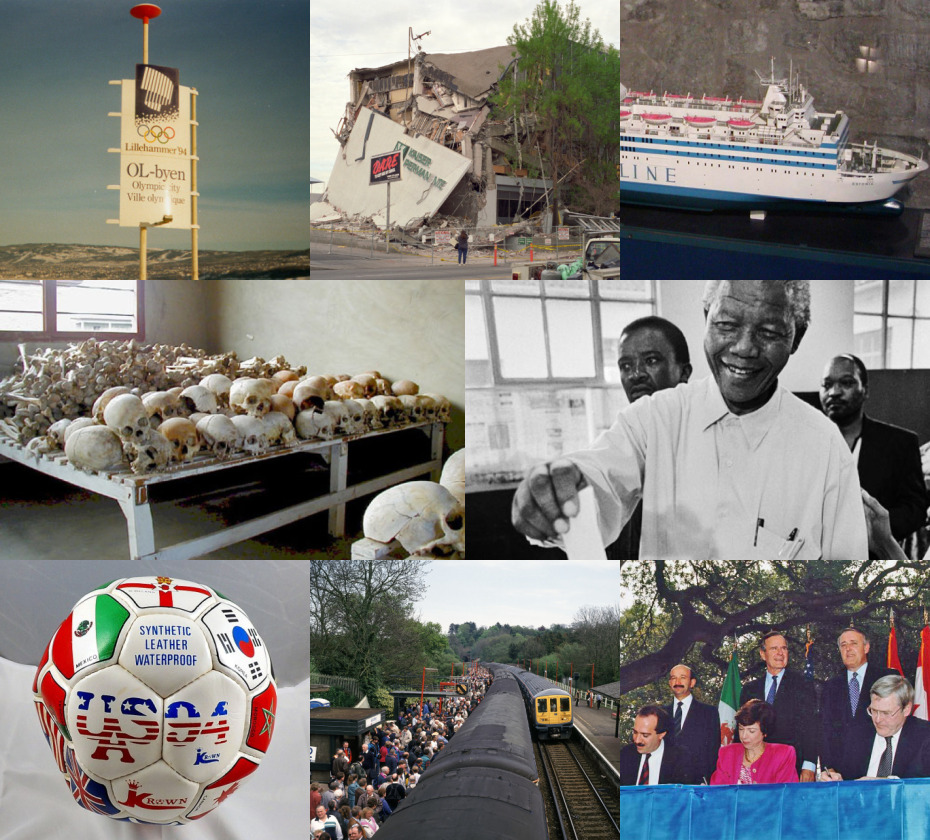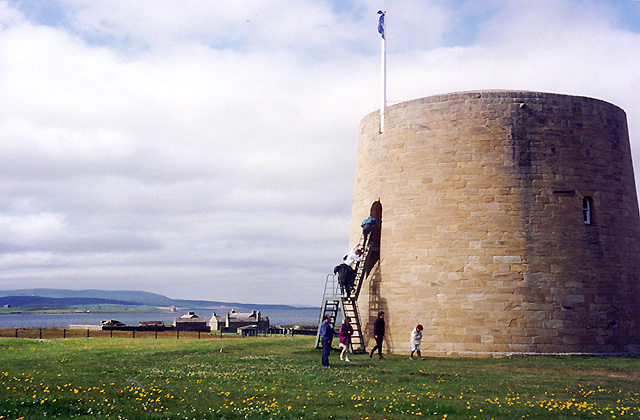|
MV Hoy Head
MV ''Hoy Head'' is a Ro-Ro vehicle ferry operated by Orkney Ferries. History MV ''Hoy Head'' was built by Appledore Shipbuilders in North Devon in 1994. In 2013, the ferry entered Cammell Laird shipyard to be lengthened to increase her capacity. The work involved cutting the ferry in half and inserting a newly built section amidships, as well as a general overhaul which included upgraded passenger and crew spaces, uprated engines, replacement of the steering/propulsion units and the addition of a second bow thruster. She is the fourth vessel of the same name. An earlier one was a former naval ferry (originally MFV 1258) operating from Houton to Lyness. She was fitted with a 150 hp Gardner engine, but now lies derelict in Irvine harbour. ''Hoy Head (III)'' was built in the Faroe Islands in 1973 for Shetland Islands Council, operating as ''Geira'', between Yell and Unst. She was sold to the Orkney Island Shipping Company in 1986 and superseded in 1991 by ''Thorsvoe'', rem ... [...More Info...] [...Related Items...] OR: [Wikipedia] [Google] [Baidu] |
Civil Ensign Of The United Kingdom
The Red Ensign or Red Duster is the civil ensign of the United Kingdom. It is one of the British ensigns, and it is used either plain or defacement (flag), defaced with either a Glossary of vexillology#Flag elements, badge or a Glossary of vexillology#Flag elements, charge, mostly in the right half. It is the flag flown by British merchant or passenger ships since 1707. Prior to 1707, an Kingdom of England, English red ensign and a Kingdom of Scotland, Scottish red ensign were flown by the History of the Royal Navy (before 1707), English Royal Navy and the Royal Scots Navy, respectively. The precise date of the first appearance of these earlier red ensigns is not known, but surviving payment receipts indicate that the English navy was paying to have such flags sewn in the 1620s. History England (pre-1707) Prior to the reorganisation of the Royal Navy in 1864, the plain red ensign had been the ensign of one of three squadrons of the Royal Navy, the Coloured squadrons of ... [...More Info...] [...Related Items...] OR: [Wikipedia] [Google] [Baidu] |
Unst
Unst (; ) is one of the North Isles of the Shetland Islands, Scotland. It is the northernmost of the inhabited British Isles and is the third-largest island in Shetland after Shetland Mainland, Mainland and Yell (island), Yell. It has an area of . Unst is largely grassland, with coastal cliffs. Its main village is Baltasound, formerly the second-largest herring fishing port after Lerwick and now the location of a leisure centre and the Unst Airport, island's airport. Other settlements include Uyeasound, home to Greenwell's Booth (a Hanseatic League, Hanseatic warehouse) and Muness Castle (built in 1598 and sacked by pirates in 1627); and Haroldswick, location of a boat museum and a heritage centre. Etymology There are three island names in Shetland of unknown and possibly pre-Celtic origin: Unst, Fetlar and Yell, Shetland, Yell. The earliest recorded forms of these three names do carry Norse meanings: is the plural of and means 'shoulder-straps', is 'corn-stack' and is fr ... [...More Info...] [...Related Items...] OR: [Wikipedia] [Google] [Baidu] |
Transport In Orkney
Transport (in British English) or transportation (in American English) is the intentional movement of humans, animals, and goods from one location to another. Modes of transport include air, land (rail and road), water, cable, pipelines, and space. The field can be divided into infrastructure, vehicles, and operations. Transport enables human trade, which is essential for the development of civilizations. Transport infrastructure consists of both fixed installations, including roads, railways, airways, waterways, canals, and pipelines, and terminals such as airports, railway stations, bus stations, warehouses, trucking terminals, refueling depots (including fuel docks and fuel stations), and seaports. Terminals may be used both for the interchange of passengers and cargo and for maintenance. Means of transport are any of the different kinds of transport facilities used to carry people or cargo. They may include vehicles, riding animals, and pack animals. Vehicles may inclu ... [...More Info...] [...Related Items...] OR: [Wikipedia] [Google] [Baidu] |
1994 Ships
The year 1994 was designated as the "International Year of the Family" and the "International Year of Sport and the Olympic Charter, Olympic Ideal" by the United Nations. In the Line Islands and Phoenix Islands of Kiribati, 1994 had only 364 days, omitting December 31. This was due to an adjustment of the International Date Line by the Kiribati government to bring all of its territories into the same calendar day. Events January * January 1 ** The North American Free Trade Agreement (NAFTA) is established. ** Beginning of the Zapatista uprising in Mexico. * January 8 – ''Soyuz TM-18'': Valeri Polyakov begins his 437.7-day orbit of the Earth, eventually setting the world record for days spent in orbit. * January 11 – The Irish government announces the end of a 15-year broadcasting ban on the Provisional Irish Republican Army and its political arm Sinn Féin. * January 14 – U.S. President Bill Clinton and Russian President Boris Yeltsin sign the Kremlin accords, which ... [...More Info...] [...Related Items...] OR: [Wikipedia] [Google] [Baidu] |
South Walls
South Walls is a tidal island or peninsula at the southern end of Hoy in Orkney, Scotland. It is connected to the main body of Hoy, and to the district of North Walls, by a thin neck of land known as the Ayre. Its largest settlement is Longhope, which lies on a long natural harbour of the same name. Both North and South Walls belong to the civil parish of Walls and Flotta. South Walls is a popular stopping off place for barnacle geese. Etymology The Norse name of Vágaland, meaning "land of bays" applied to both what is now South Walls and the southern portion of nearby Hoy. Over time this became (variously spelled) for the whole area and meaning "southern bays" for the island. As for Kirkwall, early cartographers assumed "waa" was a local pronunciation of "wall", hence the modern name. Geography and geology South Walls, like most of the Orkney archipelago, is made up of old red sandstone, with the Rousay flagstone group predominating. It is more or less oval in shape, ... [...More Info...] [...Related Items...] OR: [Wikipedia] [Google] [Baidu] |
Flotta
Flotta () is a small island in Orkney, Scotland, lying in Scapa Flow. The island is known for its large oil terminal and is linked by Orkney Ferries to Houton on the Orkney Mainland, Lyness on Hoy and Longhope on South Walls. The island has a population of 80. History At the turn of the 20th century, the island was a quiet rural community like many other small islands of Orkney, but its sheltered location led to three major upheavals in the island in the century. Until 1914, Flotta was a quiet farming community. In 1910, a population of 431 included two blacksmiths, four carpenters and three dressmakers. World Wars Everything changed with the arrival of the Royal Navy in Scapa Flow at the start of the First World War. There is a photograph held by the Imperial War Museum in London that shows a boxing match taking place on Flotta in front of a wartime audience of 10,000 people. During the First World War, the island was home to a naval base. The dreadnought HMS ''Vangu ... [...More Info...] [...Related Items...] OR: [Wikipedia] [Google] [Baidu] |
Hoy, Orkney
Hoy (from Old Norse language, Old Norse , meaning "high island") is an island in Orkney, Scotland, measuring – the second largest in the archipelago, after Orkney Mainland, Mainland. A natural causeway, ''the Ayre'', links the island to the smaller South Walls; the two islands are treated as one entity by the UK census. Hoy is also the name of a hamlet in the northwest of the island. Geography At in extent, Hoy is the 12th largest of List of islands of Scotland, Scotland's islands. It is also the "highest and wildest and wettest ( of annual rainfall) of all the Orkney islands". The Old Man of Hoy, a sea stack formed from Old Red Sandstone, can be found in the northwest on the Rackwick coast. It is one of the tallest stacks in the United Kingdom at a height of . The Old Man is popular with climbers, and was first climbed in 1966. Created by the erosion of a cliff through hydraulic action sometime after 1750, the stack is no more than a few hundred years old, and a painting ... [...More Info...] [...Related Items...] OR: [Wikipedia] [Google] [Baidu] |
Lyness
Lyness is a village on the east coast of the island of Hoy, Orkney, Scotland. The village is within the parish of Walls and Flotta, and is situated at the junction of the B9047 and B9048. During the 1920s Lyness was briefly the headquarters of the metal salvage firm of Cox and Danks's raising of the German High Seas Fleet, scuttled by the Germans on 21 June 1919 during the Armistice (Scuttling of the German fleet in Scapa Flow). During the Second World War it was home to HMS Proserpine, the main base for the naval fleet based at Scapa Flow. In 2010–2011 the Golden Wharf at Lyness Harbour was upgraded to host renewable energy projects, including the Pelamis Wave Energy Converter and the Wello Penguin. Today an Orkney Ferries Ro-Ro car ferry links it to Longhope on South Walls, the island of Flotta in Scapa Flow, and Houton on Mainland, Orkney. Naval Cemetery Lyness Royal Naval Cemetery was opened in 1915 primarily to serve the Scapa Flow base (which closed in 1946). ... [...More Info...] [...Related Items...] OR: [Wikipedia] [Google] [Baidu] |
Houton
Houton is a settlement southeast of Stromness on the island of Mainland, Orkney, Scotland. The settlement is within the parish of Orphir, and is situated on a minor road off the A964. From here, a ferry sails to Lyness on Hoy, Longhope on South Walls, and the island of Flotta, as well as a smaller ferry for workers of the Flotta oil terminal. Nearby are the remains of the Orphir Round Church, dedicated to St Nicholas (the only medieval round church in Scotland) and the Earl's Bu, the ruins of a former manor house of the Earldom of Orkney. These sites are in the care of Historic Environment Scotland. The Holm of Houton is nearby. RAF Houton RAF Houton was situated nearby and was home to the following units: * No. 306 (Flying Boat) Flight. * No. 430 (Seaplane) Flight. * 'F' Boat Seaplane Training Flight was formed on 15 August 1918 and operated the Felixstowe F.3 and the Curtiss H.16 before being disbanded on 25 November 1918. * Orkney Wing. References ... [...More Info...] [...Related Items...] OR: [Wikipedia] [Google] [Baidu] |
Schottel (company)
Schottel is a manufacturer of propulsion and steering systems for ships and offshore applications. The company founder Josef Becker invented the rudderpropeller, a z-drive, in 1950. Today the company develops and manufactures azimuth propulsion, maneuvering and steering systems. In 2014 the subsidiary Schottel Hydro was founded to bundle up the company activities in the hydrokinetic energy segment. History Early beginnings In 1921 Josef Becker (1897–1973) founded his craftsman's enterprise in an old farmhouse in Spay on the Rhine. In 1925 he designed and built his first shallop, followed by the first motorboat in 1928. In the mid 1930s Becker bought part of the present-day company premises and founded Schottel Werft. He named his enterprise after a section of the river Rhine which is called ''Auf der Schottel'' and located close by in Osterspai. From shipyard to ship propulsion With the beginning of the 1950s Becker started working on his invention, a ship propeller that is ... [...More Info...] [...Related Items...] OR: [Wikipedia] [Google] [Baidu] |
Azimuth Thruster
An azimuth thruster is a configuration of marine propellers placed in pods that can be rotated to any horizontal angle (azimuth), making a rudder redundant. These give ships better maneuverability than a fixed propeller and rudder system. Types of azimuth thrusters There are two major variants, based on the location of the motor: # Mechanical transmission, which connects a motor inside the ship to the outboard unit by gearing. The motor may be diesel or diesel-electric. Depending on the shaft arrangement, mechanical azimuth thrusters are divided into L-drive and Z-drive. An L-drive thruster has a vertical input shaft and a horizontal output shaft with one right-angle gear. A Z-drive thruster has a horizontal input shaft, a vertical shaft in the rotating column and a horizontal output shaft, with two right-angle gears. # Electrical transmission, more commonly called pods, where an electric motor is fitted in the pod itself, connected directly to the propeller without ... [...More Info...] [...Related Items...] OR: [Wikipedia] [Google] [Baidu] |
Rolls-Royce Marine Power Operations Ltd
Rolls-Royce Submarines, a subsidiary of Rolls-Royce, operates three sites licensed to handle nuclear material, two of which are at Raynesway in Derby, and the other at Vulcan Nuclear Reactor Testing Establishment (NRTE), Dounreay, UK. The Manufacturing Site was licensed in August 1960 and deals with processing of uranium fuel and the fabrication of Rolls-Royce PWR nuclear reactor cores for Royal Navy submarines such as the new . The Neptune/Radioactive Components Facility Site was licensed in November 1961 and houses the Neptune test reactor which is used to conduct experiments on reactor cores. It was created as a joint company in 1954 with the name Rolls-Royce and Associates; the associates being Vickers, Foster Wheeler and later Babcock & Wilcox. It changed its name on 15 January 1999 to Rolls-Royce Marine Power Operations Limited and is part of the marine business of Rolls-Royce plc. It changed its name again on 1 August 2018 to Rolls-Royce Submarines Limited. Refe ... [...More Info...] [...Related Items...] OR: [Wikipedia] [Google] [Baidu] |





